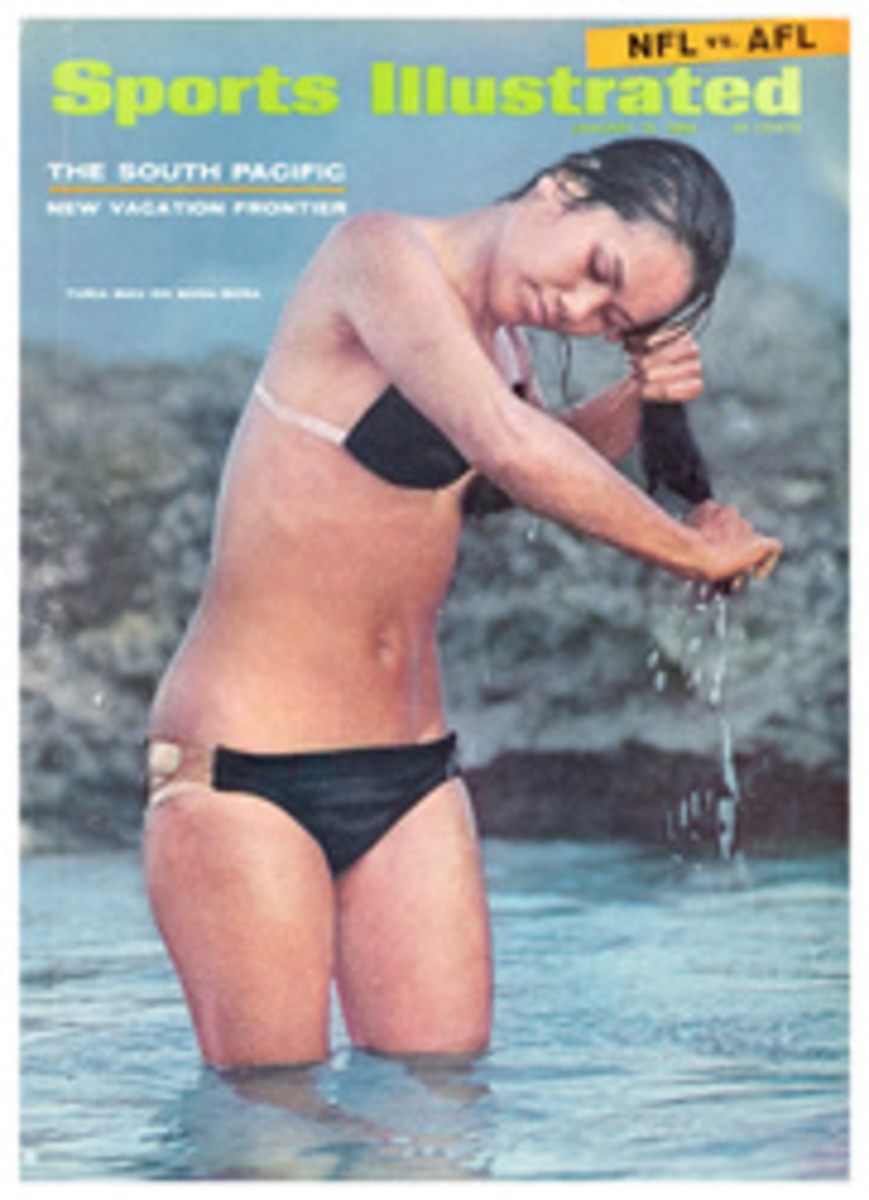
A sporting goods firm finds splendid reading in long-out-of-print volumes
In addition to selling some of the world's finest and most expensive sporting goods, the old firm of Abercrombie & Fitch has suddenly gone into the publishing business with no sacrifice whatever of its standards of excellence. In conjunction with Arno Press, it has brought out a library of 42 books, all duplicates of sporting books once popular but long out of print. If you have a taste for unhurried English prose, fine steel engravings and authors unhampered by false modesty in the recounting of their exploits, you will find here some of the best reading about the outdoors to be found.
Warburton Pike's The Barren Ground of Northern Canada ($8.95) is a good example. Pike was a natural genius who never thought of himself as a literary figure. He was simply an adventurous dropout from Oxford with an overpowering impulse to shoot a musk-ox and the energy to write about it afterward. In 1889, equipped with little more than two rifles, he made his way some 1,300 miles north of Edmonton. With 20 Indians, 15 dogs and little money to sustain them, he faced the last few hundred miles of his journey with no provisions except two sacks of flour and 50 pounds of bacon. Hundreds of miles beyond the last tree he wrote, "I was rewarded for my trouble by a good view of what is probably the most complete desolation that exists on the face of the earth."
Pike's book is as absorbing, as simple and as uncontrived as Defoe's Robinson Crusoe and, like the others in The A & F Library, it is—in a sense—a photograph from a forgotten album. The publishing venture which brought Pike's journeyings back to life began in March of 1966, when Abercrombie's hired Charles A. Pearce to look into the possibility of making facsimile editions of old out-of-print sporting books. "I had the best job in the world," Pearce said. "I sat in the library of the Racquet Club and read all those books that everyone thinks he would like to read and never has time to."
Pearce prepared for his arduous task in the '20s. A Phi Beta Kappa just out of Hobart College, he soon got a job as an editor at Harcourt, Brace and went on from there to found the firm of Duell, Sloan & Pearce. His work involved such non-sporting types as T. S. Eliot, e. e. cummings, Katherine Anne Porter and Lincoln Steffens. But he also published books like Seaplane Solo, an early but soon forgotten work by the now famous solo sailor Sir Francis Chichester. Its fate was typical. It created a momentary stir, sold out one edition and dropped from sight.
To rescue other sporting literature from similar oblivion, Abercrombie's wisely chose an experienced bookman rather than a sports expert. That choice enabled them to bring to the general reader much fine narrative whose value far transcends that of mere sporting curiosity.
Prince Demidoff's After Wild Sheep in the Altai and Mongolia ($10) is a quaintly engrossing account of a great hunting trip in 1897 which incidentally became a standard source of scientific information on the rare Ovis ammon that still inhabits the mountains on the Russian-Chinese border.
The prince's party included his wife and another couple, two valets, a physician, a cook, interpreters, packers and guides—25 persons in all plus 50 horses and pack animals. Yet there is something engagingly simple in the prince's account of it. He records his pride when his wife borrowed his friend's rifle and, with the others betting her 20 to 1 that she would miss, killed a rabbit at 80 yards. He notes that Mrs. Littledale (his friend's wife) insisted on observing the Sabbath, only to find when she returned that they had miscalculated the days and she had been observing Fridays.
In sharp contrast to the prince is Arthur H. Neumann, the author of Elephant Hunting in East Equatorial Africa ($12.50) and the only genuinely bloodthirsty author in the lot. "I am prepared to be denounced as cruel," he wrote, and he was. His long book covers two expeditions for ivory near Mount Kilimanjaro (1893-96), with detailed accounts of the killing of some 56 elephants and many more rhino, giraffes, zebras, lions and much besides. "It is not often one has the chance of seeing a giraffe fall plainly," he wrote. And "nothing in the world can touch the glow of satisfaction on flooring a fine elephant."
How important are these forgotten accounts? Pearce says the old hunters had a lasting effect on English literature as they wrote of their feats of endurance. With no time to waste on purple prose, they developed simple, direct styles that were far removed from the mid-Victorian affectations common in their period. They brought into the parklike English world the fabulous color and harsh beauty of the wilderness and the desert, and made an amazing impact on English culture in the process.
It is true that almost any one of the books in The Abercrombie & Fitch Library tends to make contemporary novels read like interoffice memos. But their greatest charm comes from the sense of discovery they provide. Their authors rarely became famous. They put no names in literary reference books, and literary critics do not write studies of their prose. Yet it is a recurring pleasure to find that so many of these artless authors write so much better than others who became famous.

